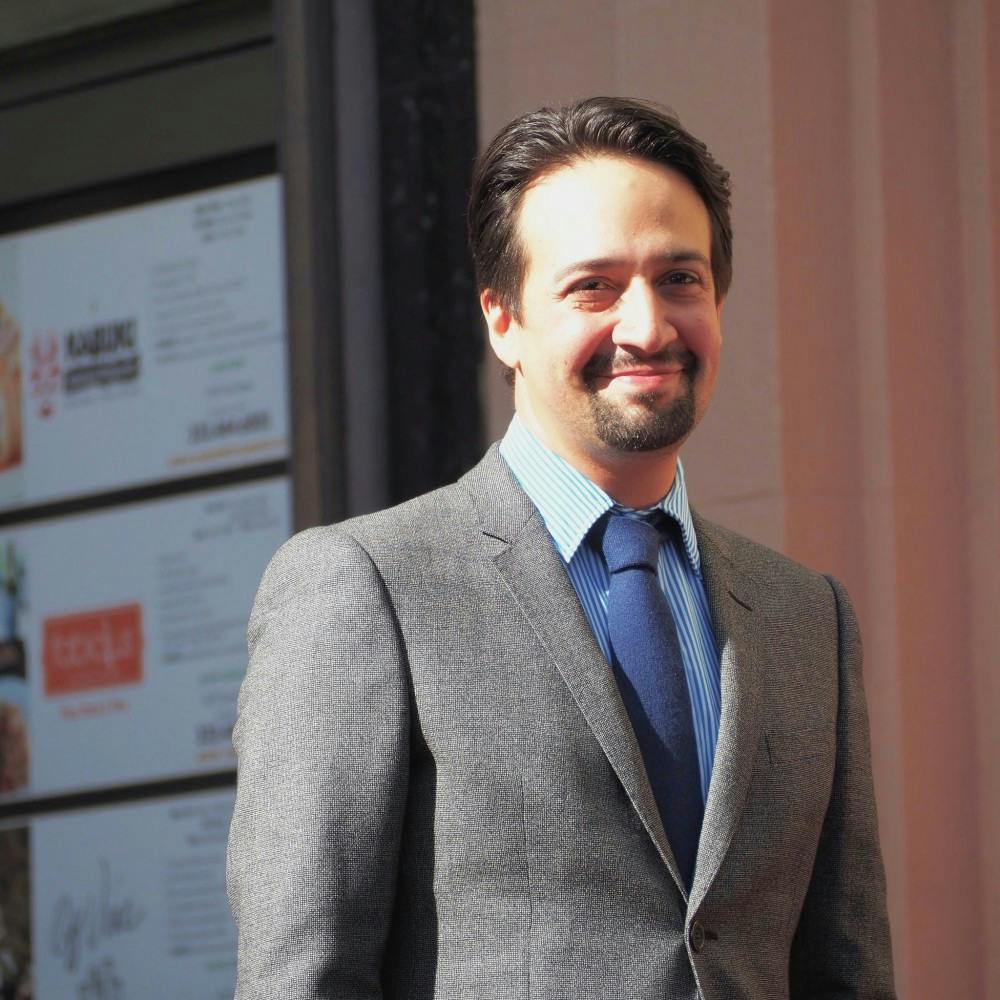On April 20, the majority of the cast of Lin–Manuel Miranda's upcoming In the Heights film released. Miranda, famous for his blockbuster musical Hamilton, wrote In The Heights in 1999 to critical acclaim, and after the success of Hamilton, translating his only other full–length musical becomes a clearly beneficial move. However, the adaptation of his second most famous work raises the question of the movie musical and the translation of stage musical onto the screen.
The tradition of adapting Broadway musicals into film was popularized during the 1960’s, most famously producing My Fair Lady (1964) and West Side Story (1961). The era was transformative for the musical itself with the introduction of songs as an element of the plot, rather than entirely non–diegetic. This meant they were used to advance the story rather than act as a tangent. These two films were great successes, but represent an issue which has been plaguing movie musicals ever since: actors.
What exactly makes a good movie musical? It is clear that there is not a simple answer: musicals can be adapted faithfully and still be bad (Cabaret) or adapted with creative edits and still be fantastic (Chicago). With those same two films, it becomes clear that musicals need not necessarily be adapted with the same cast as their Broadway productions—Cabaret had the original Joel Grey and Liza Minnelli and was lackluster, while Chicago used an entirely new set of actors for the roles. The question becomes one of faithfulness not necessarily to the original production or to the script but to the feeling of musical theater.
Musical theater itself is an easily–ridiculed art form: actors are expected to perform the dramatics of their role and the complexities of their character, then told to simply break out into song and dance. The origin of musical theater consists of characters breaking out into song for mere entertainment purposes. However, the only way a production can succeed is if it leans into the art—however ridiculous it may seem.
The requirement for earnestness holds true for the movie musical. Lately, the movie musical has been falling into the hands of directors and creators who care little for the actual genre and are only pursuing the art form for the sake of riding its fame. The Greatest Showman, while scored by Pasek and Paul of Dear Evan Hansen fame, lacks the elements of true musical theater in its production. Grand musical numbers read flat or insincere and the quieter songs, too, lack emotion from the actors. Such a conundrum is not special to The Greatest Showman; Les Miserables faced similar criticisms, and La La Land was a divisive movie musical which had uninspired singing, too.
The issue with all of these films is that they don’t fully understand what makes the musical so good, which is its shameless heart. The best adaptations of musicals are ones which lean into the musical number style of the form; Chicago, for example, which won the Best Picture Oscar in 2003, leans into the passion and dramatics of its numbers. Characters walk around in individual numbers in an entirely black setting, only performing to the camera; other times, the spectacle of a number is done as if on a stage. Chicago works as perfectly as it did because of how much the creators cared for its source material.
What does this have to do with In the Heights? As a musical, Miranda’s hit works beautifully on–stage, with the New York setting overwhelming the wide set. Often, it feels like an active city with action filling the stage. How this will be translated into film remains one of the trickier aspects of production. Its cast, too, is filled with some singers, some actors, and the talented stage actor Anthony Ramos—who played John Laurens in Miranda’s Hamilton on Broadway. Most of the chosen actors have not necessarily done musical theater before, which often also plays a role in the perception of a movie musical like Les Mis, which had entirely screen actors who had never specifically sung and acted at once.
Adapting a stage musical onto the screen takes a careful hand and an appreciation for the art form. Miranda himself is involved in the production process, which is a good sign. As for the earnestness of the film, audiences will simply have to wait and see.

